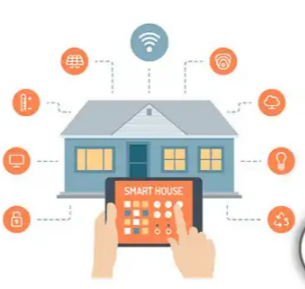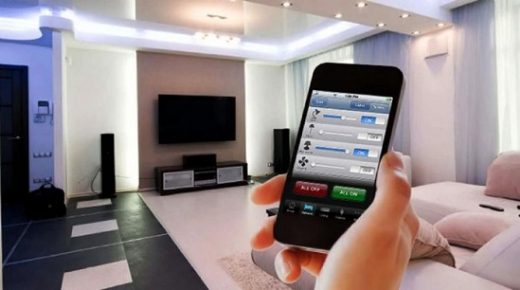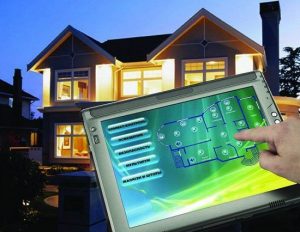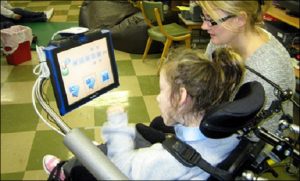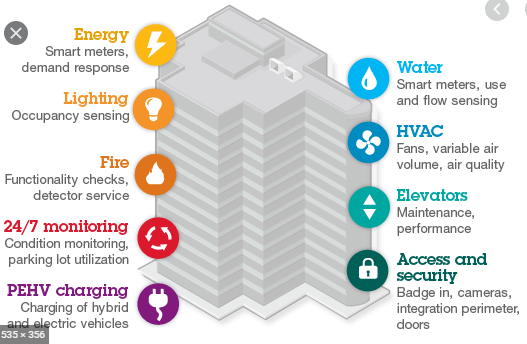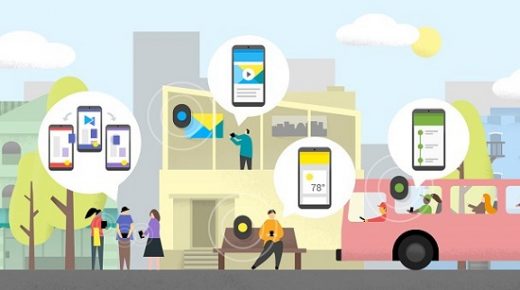With the aim of seeking to improve people’s lifestyles, for years scientists dedicated to the development of new technologies called Home Automation: Smart Homes have applied their discoveries not only in areas as essential as health and also created the elements that allow human beings to enjoy life.
In this concept that seeks the constant comfort of people, a host of automated technological systems have been developed that have been applied over the years to different fields and firstly in the workplace to make the manufacturing processes more efficient and also for everyday home life.
This has allowed us not only a smartphone, a vehicle with a computer, or televisions that respond to our voice commands today, but so-called smart homes are also a reality, which provides endless possibilities by technifying and automating our environment.
Here we precisely tell you how Home Automation: Smart Homes works in the home, what its scope is, and in general terms how smart houses and buildings work.
Home Automation: Smart Homes
Table of Contents
Before we delve into the fantastic advantages of smart homes, we must have some basic concepts in our minds about home automation. In principle, we should point out that the term Home Automation comes from the conjunction of the Latin word “Domus”, which means house, and the Greek word “tica”, which means “automatic”.
Based on this, we can mention broadly, Home Automation: Smart Homes is precisely a technology that allows the creation of automated controls for homes.
Also known as an intelligent home system, Home Automation: Smart Homes includes in its conception the hardware and software necessary to operate, and together they make up the home automation system, turning it into an automated house.
The Smart Home
Due to the construction of the Home Automation system, a smart home can even be controlled in its entirety through the simple press of a button, since the truth is that through automation systems, a home it can be fully connected via a central controller, making it a smart home.
Precisely, the central controller works inside a smart home as a kind of remote control, which the user can use to activate or deactivate the different functions included in the system, such as controlling the use of light, the temperature of the environment, the security system, the stock of supplies, the programming of sprinklers and others.
In short, when a Home Automation system is applied correctly, this system will integrate seamlessly, turning the home into a smart home, that is, automated, and that works by itself.
Through the use of sensors located in strategic places in the home, and together with the control system that we mentioned, a house becomes intelligent and this means that it not only provides true comfort and convenience to those who inhabit it but also the Home Automation serves the purpose of achieving greater efficiency in the use of household resources.
By applying Home Automation technology which automatically controls issues like avoiding disproportionate use of energy, preventing over-watering in gardens, maintaining room temperatures consistently, a smart home also means a noticeable reduction in expenses. Additionally, a smart home continues to operate regardless of whether or not those who inhabit it are home.
We must not forget here that in addition to the savings that all this represents, Home Automation is also a way of having a platform that offers users the possibility of having a complete surveillance system, which provides a sense of security to those who live in said house.
On the other hand, the Home Automation system is an ideal platform for those people who have different disabilities, since they can control through this automation system different functions and do actions. They can do their different and difficult works easily by just touching or by voice command.
Of course, in addition to all these more than useful functions, a smart home also serves to provide its users with luxury, comfort, and entertainment, which in the end can make people really dependent on technology for routine tasks.
Smart buildings
Different building structures that use automated systems to control, as its name automatically indicates, from the operations of the construction of a said building, and then aspects such as heating, ventilation, are called Smart Buildings or Intelligent Buildings. Lighting, security, and so on, in the same way as a smart home but on a larger scale.
To do this, intelligent buildings make use of sensors and microchips through which the data on which the different aspects of the intelligent systems that these buildings possess are then controlled.
In short, they are connected buildings, thanks to home automation systems which allow obtaining various advantages, since they improve the reliability and performance of assets, reducing energy consumption, and at the same time allow optimizing spaces and minimizing the impact on the environment of buildings.
Due to this, today there is an increasing number of smart buildings in the world, mainly used as office buildings, health centers, hospitals, educational centers, stadiums, and others.
It should be noted that although there is currently no norm that indicates with standards how an intelligent building should conform, the truth is that most of the existing ones have integration in common, that is to say, that they have applied so-called intelligent technology to be connected and through the platform act automatically in the face of different events.
In short, thanks to the enormous progress that has been made in recent years in the field of Home Automation, today we can not only find smart homes, but also this Home Automation has been applied to the construction of smart buildings, and even in cities like the one Google plans to build in the near future.


